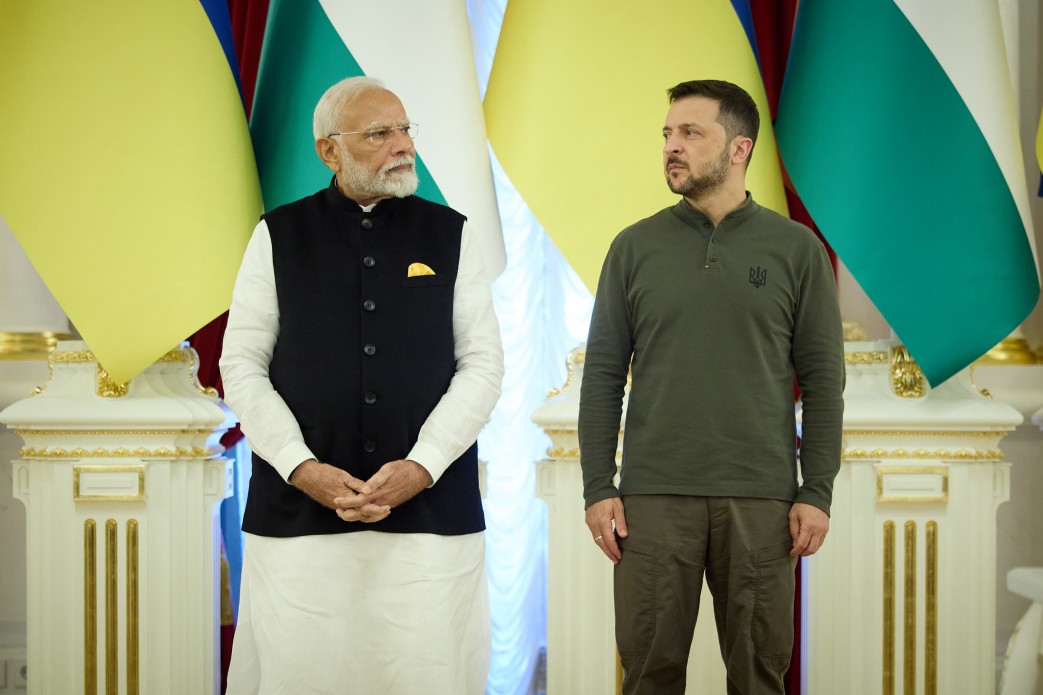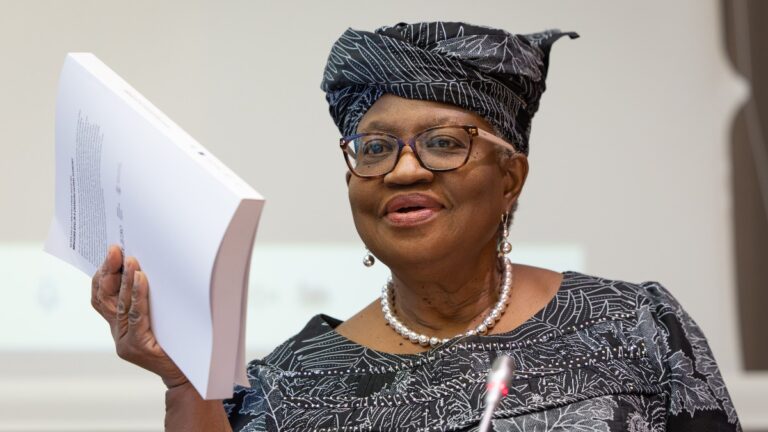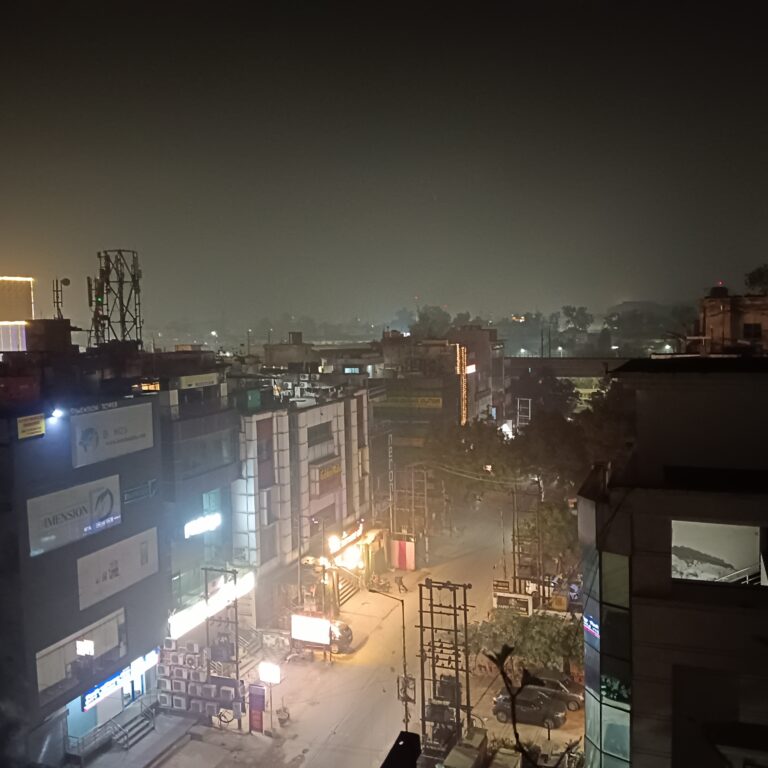
Prime Minister Narendra Modi and President of Ukraine, H.E. Volodymyr Zelenskyy in Kyiv on August 23, 2024.
India must carefully balance its relationships with global powers, ensuring that its diplomatic efforts are not just about maintaining the status quo, but about actively shaping a more stable and secure world order. Indian Prime Minister Narendra Modi’s ‘Hug Diplomacy’ may need to evolve to meet the demands of a rapidly changing global landscape.
A critical examination of the outcome of PM Modi’s ‘Hug Diplomacy’ and its impact on India’s foreign relations, in the context of the Russia-Ukraine conflict.
There is no visible sign of peace or any serious dialogue to end the war between Russia and Ukraine after Prime Minister Narendra Modi’s peace initiative, dubbed as ‘Hug Diplomacy.’ Instead, the conflict has only intensified. Following Ukraine’s incursion into the Russian border region of Kursk, Russia responded with a more aggressive counter-offensive. Dmitry Medvedev, deputy head of Russia’s Security Council, issued a stark warning that there will be no talks between Moscow and Kyiv until Ukraine is completely defeated on the battlefield.
This stark reality begs the question: Is India’s role as a mediator failing, with no tangible results to show for Modi’s efforts? Prime Minister Narendra Modi’s recent visit to Kyiv, a historic yet controversial move in India’s foreign policy, has reignited debates around his much-talked-about “Hug Diplomacy.” Once hailed as a revolutionary approach that could redefine international relations, this strategy—characterized by Modi’s warm embraces and personal connections with global leaders—is now under scrutiny.
As Russia and Ukraine remain entangled in an escalating conflict with no clear path to peace, the pressing question arises: Is Modi’s diplomatic gamble steering India into treacherous waters on the global stage? Does this mean, India’s peace efforts have failed to yield results? With both sides showing no inclination to come to the negotiating table or accept any ceasefire proposal, the effectiveness of Modi’s diplomatic approach is now in question.
The Russia-Ukraine conflict has exposed the potential risks of Modi’s ‘Hug Diplomacy’. Russia, a longtime ally of India, praised Modi’s visit to Kyiv but remains steadfast in its military objectives. On the other hand, Ukraine, though appreciative of Modi’s gestures, has yet to see concrete support for its demands, such as India’s endorsement of the Swiss peace summit joint communique.
Also read: Zelenskyy thanks India for supporting Ukraine’s sovereignty
The situation raises concern about whether Modi’s strategy of embracing world leaders—both literally and figuratively—is leading India into a diplomatic quagmire. Can India maintain its balancing act between Russia and Ukraine, or will it find itself increasingly isolated on the global stage? As the conflict rages on, the consequences of Modi’s ‘Hug Diplomacy’ are becoming more apparent, and the world is watching to see whether India’s bold diplomatic experiment will pay off or backfire.
Russia’s reaction and the stalemate in Ukraine
Russia’s initial response to Modi’s visit to Kyiv on August 28 was notably positive. Moscow praised India as an influential global power that pursues an independent foreign policy, reaffirming the “specially privileged strategic partnership” between the two nations. However, this diplomatic acknowledgement has not translated into any tangible progress toward resolving the ongoing conflict. On the contrary, the situation has intensified. Russian forces have launched more aggressive counter-offensives against Ukraine, while Ukraine’s recent incursion into Russia’s Kursk region has further deepened the rift, making any immediate dialogue between the two countries seem increasingly unlikely.
The recent escalation underscores the growing scepticism about India’s ability to act as a mediator in such a high-stakes conflict. Modi’s call for “innovative solutions” that respect sovereignty and territorial integrity—principles India holds dear—was met with diplomatic courtesy but little else. His refusal to endorse Ukrainian President Volodymyr Zelenskyy’s 10-point peace formula or propose an alternative plan highlights the tightrope India is walking: attempting to maintain its neutral stance while avoiding alienating either Russia or Ukraine.
The proposal to host the next Ukraine Peace Summit: A diplomatic dilemma
Zelenskyy’s proposal for India to host the second Ukraine Peace Summit places New Delhi in a difficult position. Accepting the role could significantly boost India’s global standing, positioning it as a key player in mediating one of the most complex international conflicts of our time. However, it also risks damaging India’s longstanding strategic relationship with Russia. Declining the offer, on the other hand, could weaken India’s influence in the Global South and undermine its reputation as a neutral, non-aligned power committed to peace.
This dilemma brings to the fore the limitations of Modi’s ‘Hug Diplomacy’. Initially effective in strengthening bilateral ties and projecting India as a friendly, non-threatening global power, this approach now faces its most significant test. The ongoing conflict between Russia and Ukraine, coupled with the contrasting expectations from both sides, highlights the challenges of maintaining balanced relations in a deeply polarized world.
“Hugging every leader and trying to stay on everyone’s good side may make for good optics, but it doesn’t necessarily translate into effective diplomacy. The global stage is not a place for sentimentality; it is where hard interests must be prioritized. India must recognize that in trying to avoid offending anyone, we might end up offending everyone,” said Shashi Tharoor, Member of Parliament and former diplomat.
The United States’ comments on Modi’s diplomatic efforts are significant to note. The US Department of State Spokesperson Matthew Miller acknowledged India’s attempts to engage with both Russia and Ukraine but stressed that any meaningful resolution must respect Ukraine’s territorial integrity and adhere to United Nations principles. Miller’s comments underscore that while the US supports India’s diplomatic initiatives, it expects these efforts to align with broader international consensus on respecting national sovereignty—a condition that India has struggled to meet given its nuanced position on the conflict.
The fallout of Modi’s diplomatic tightrope walk
Modi’s ‘Hug Diplomacy’, characterized by his efforts to maintain warm relations with a diverse array of global leaders, has placed India in a precarious position. His recent diplomatic efforts, particularly his visit to Kyiv, have not resulted in positive outcomes that suggest the charm of his ‘Hug Diplomacy’ may be wearing thin. It has exposed the limits of this strategy, revealing that in the high-stakes arena of international relations, gestures alone are not enough. While Modi’s personal warmth and engagement have earned India goodwill in various international quarters, the complexities of the current global landscape demand more than gestures.
The continued purchase of discounted Russian oil by India, justified on the grounds of stabilizing global prices, has drawn sharp criticism from Ukraine and its Western allies. The economic benefits of purchasing discounted Russian oil are evident, but they come with significant diplomatic costs, straining India’s relationship with Russia and drawing sharp criticism from Ukraine and its Western allies. This has further complicated India’s diplomatic stance, exposing the limits of trying to appease all parties in a conflict where interests are deeply entrenched and often irreconcilable.
Is India at risk of losing trust on both sides?
The broader implications of this approach are becoming increasingly apparent. By attempting to maintain good relations with both Russia and Ukraine, India risks alienating both sides, potentially leading to a loss of trust from key global partners. In the increasingly polarized world order, where alliances are hardening, Modi’s diplomatic tightrope walk may leave India increasingly isolated, with its credibility as a mediator called into question.
The scenario can be likened to a hypothetical situation during the 1971 India-Pakistan war. Imagine if a global leader had visited India during the conflict and urged then-Prime Minister Indira Gandhi to seek peace with Pakistan without addressing the core issues of the conflict. Such a move would have likely angered India, much like how Russia might now perceive Modi’s attempts to mediate in the Ukraine conflict without fully aligning with Moscow’s strategic goals. This perceived neutrality, while diplomatically prudent, may not be sustainable in the long term, especially as the conflict drags on and global tensions rise.
The strategic dilemma: The future of India’s foreign policy
As the dust settles from Modi’s Kyiv visit, it is clear that India’s foreign policy must adapt to the evolving global landscape. The time has come for a reassessment of ‘Hug Diplomacy’, ensuring that India’s diplomatic efforts are not just about making friends, but about securing tangible and lasting benefits for the nation.
Conclusion: A critical moment for India’s diplomatic strategy
Modi’s ‘Hug Diplomacy’, while innovative and initially successful, is now showing signs of strain in the face of complex geopolitical challenges. The Russia-Ukraine conflict has laid bare the double-edged nature of this approach, raising questions about its long-term viability. India’s foreign policy is at a crossroads, and a more nuanced, principled approach may be necessary to navigate the treacherous waters of international diplomacy. India must carefully balance its relationships with global powers, ensuring that its diplomatic efforts are not just about maintaining the status quo, but about actively shaping a more stable and secure world order. Modi’s ‘Hug Diplomacy’ may need to evolve to meet the demands of a rapidly changing global landscape.
*The writer is a veteran journalist, author, political strategist and founder of Commonwealth Thought Leaders Forum, Delhi. The views published are personal.






